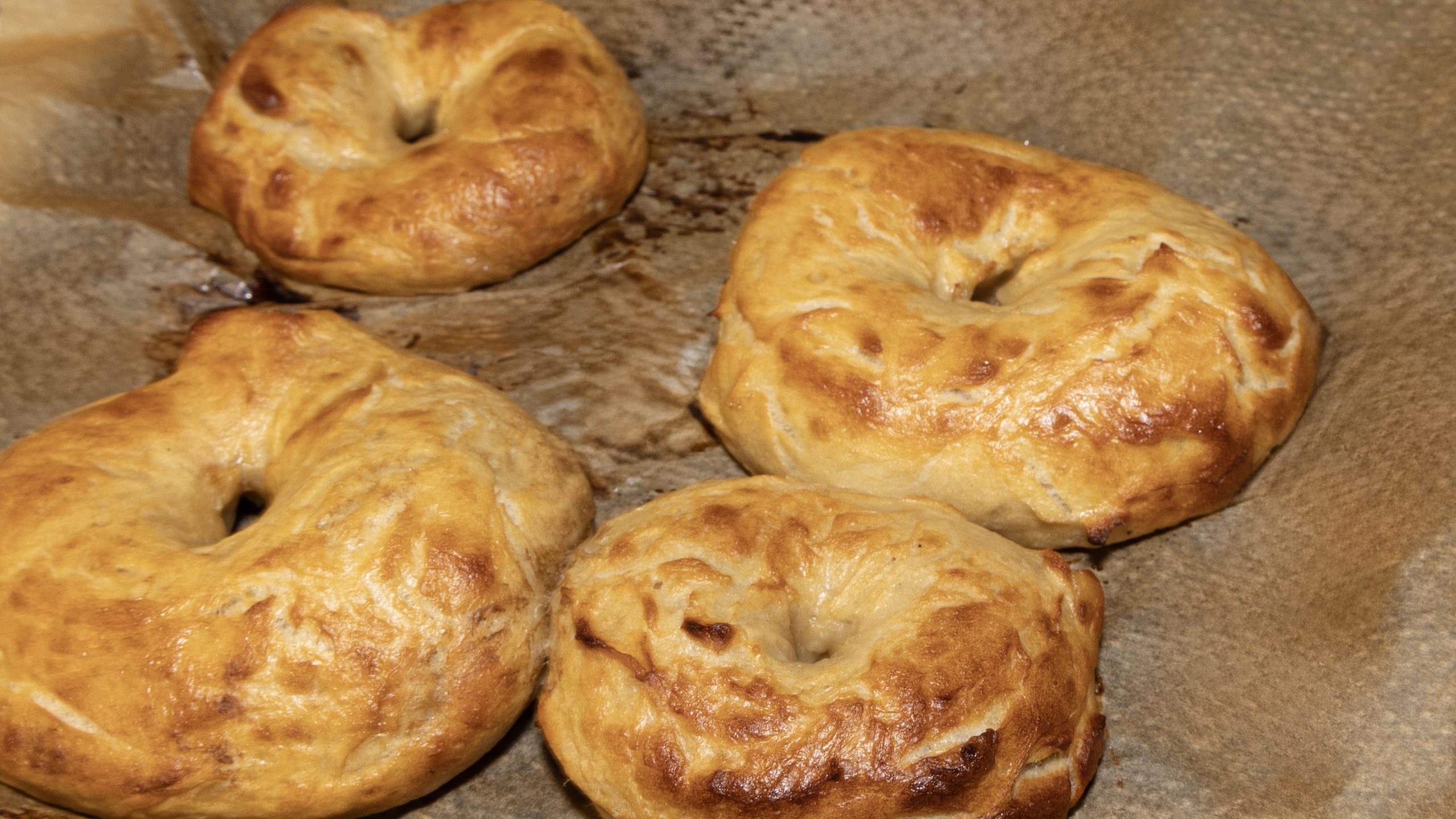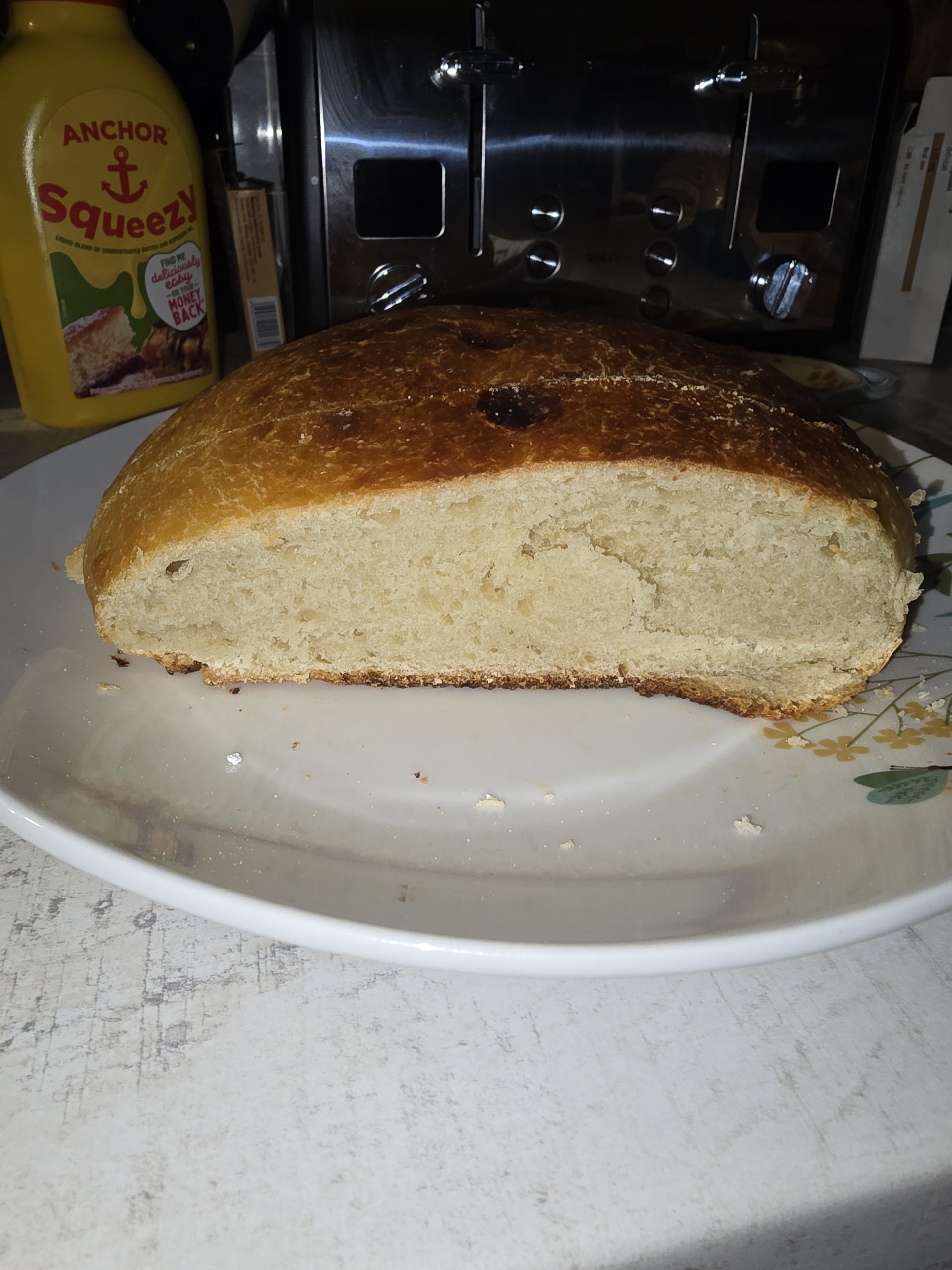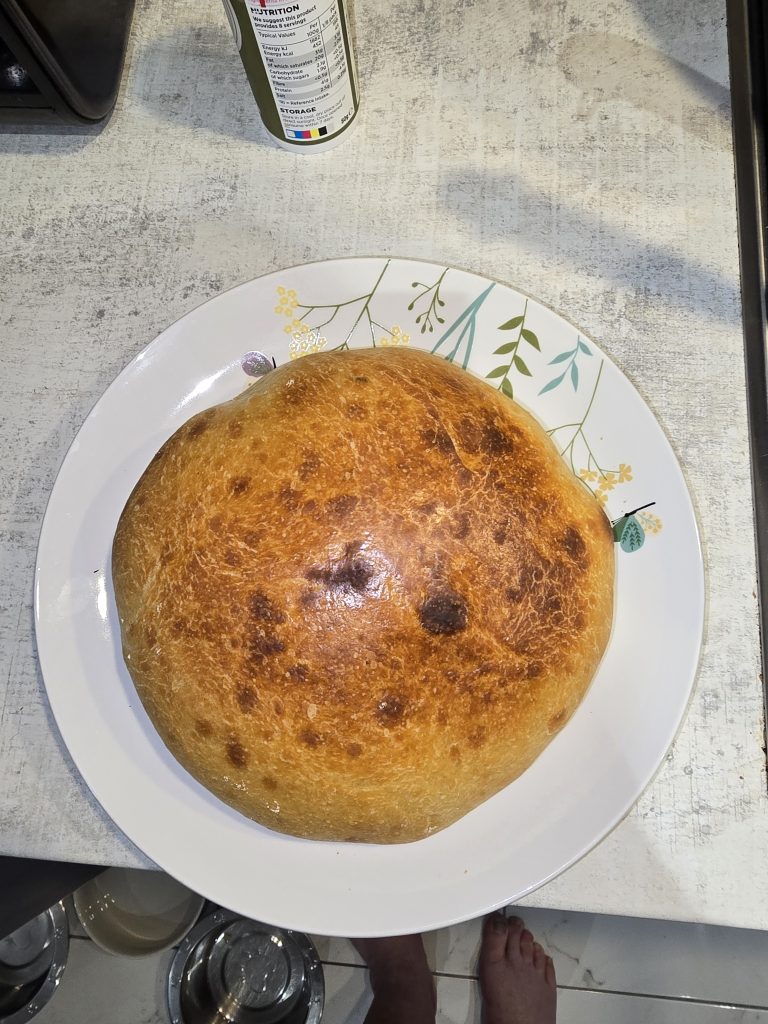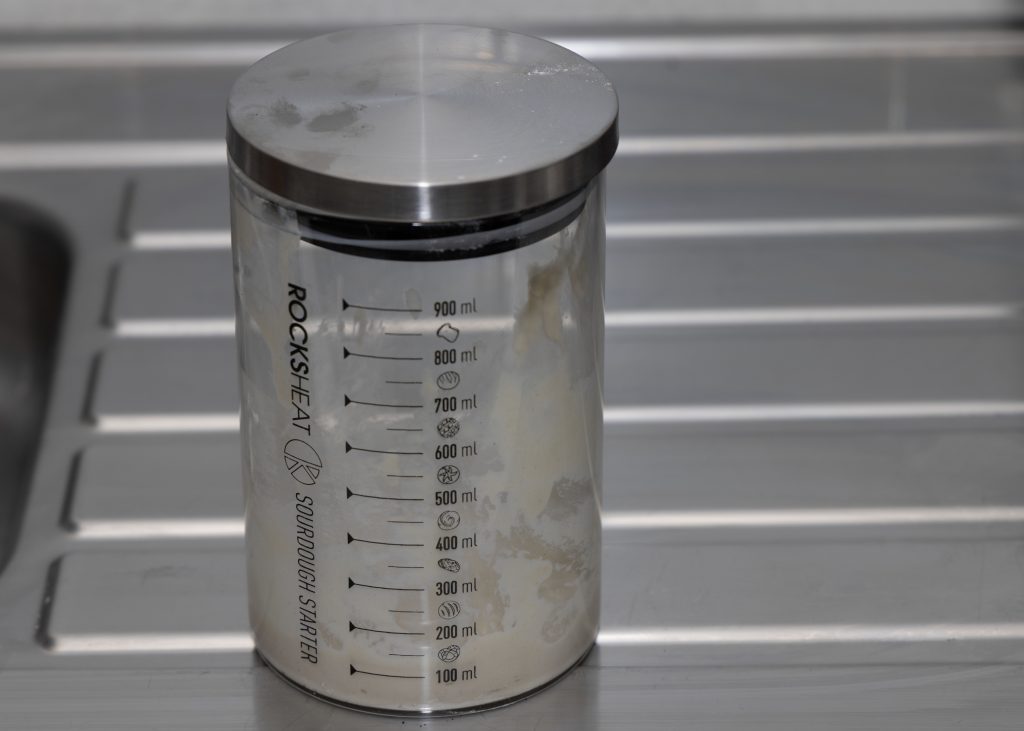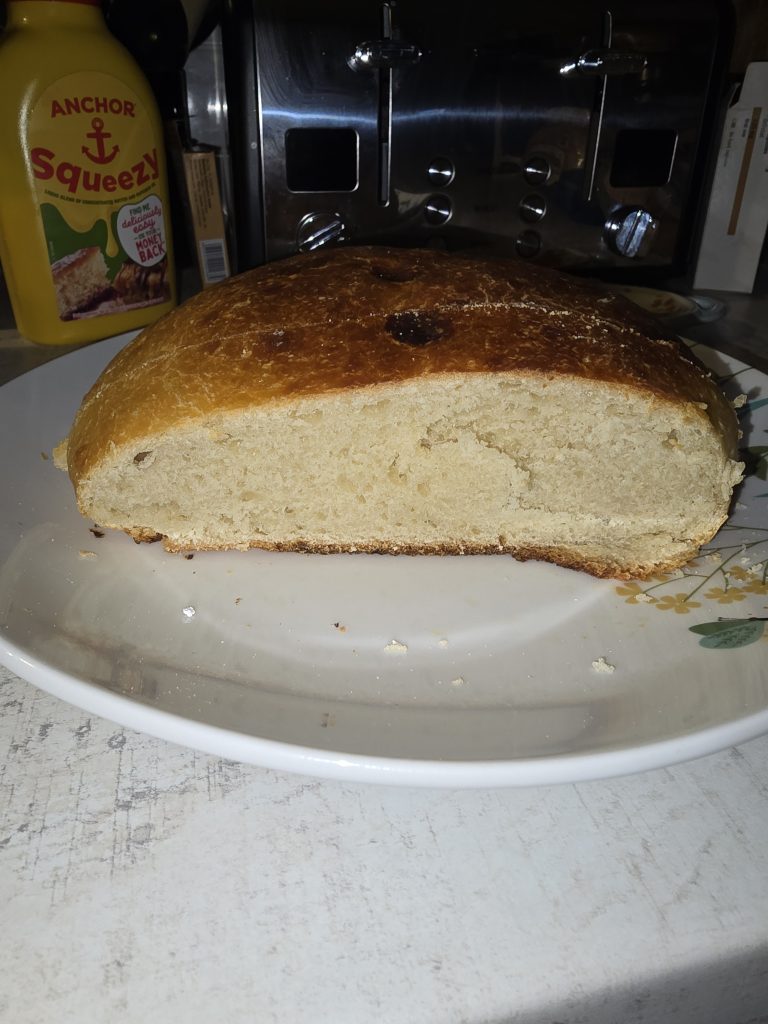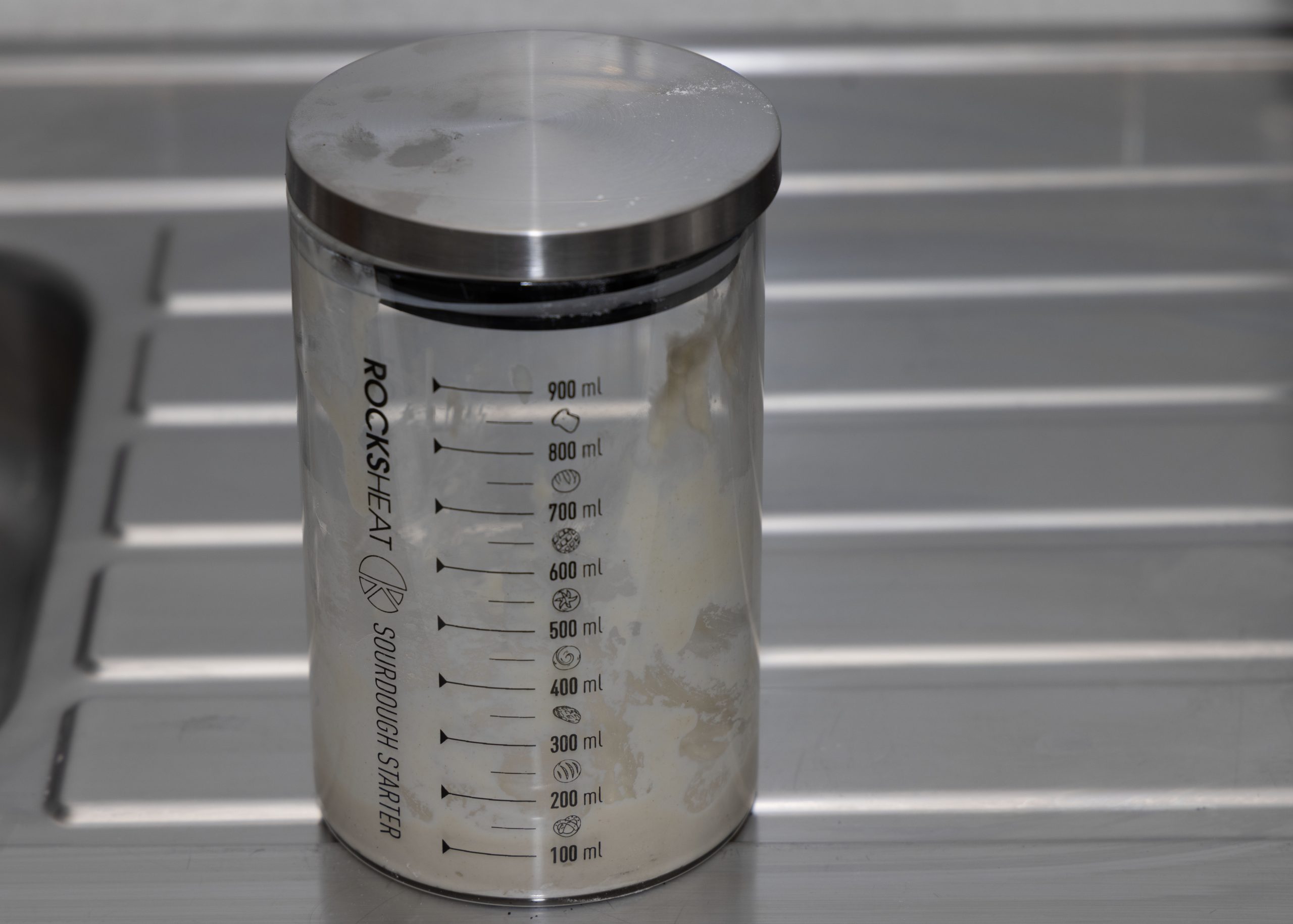When does learning end? Many of us believe learning ends the day they hand us our diploma or degree. As a matter of fact, we are learning every moment of our lives but we are so busy focusing on other things, to miss the lessons being taught to us.
On 14 February 2024, Valentine’s Day, I was live streaming on how to make homemade bagels to save you money and I learnt a very important lesson. Bagels are lean yeast. Meaning you are not using a fat, like oil, milk, or butter to make them. Fats in bread has two primary functions. One function is to slow the rising of the dough. The second, most important, it helps to soften the bread. When making bagels, the sought after texture is more of a chewy versus soft and by adding fat means your bagels will be soft instead of chewy. From a cost perspective, since the recipe does not require fat to make it it means, to make homemade bagels the cost is minimal (bread flour, water, salt, yeast, and sugar). When you already have the ingredients at home the cost is around a £1 for 8 large bagels versus £5 – £7 or more for a dozen.
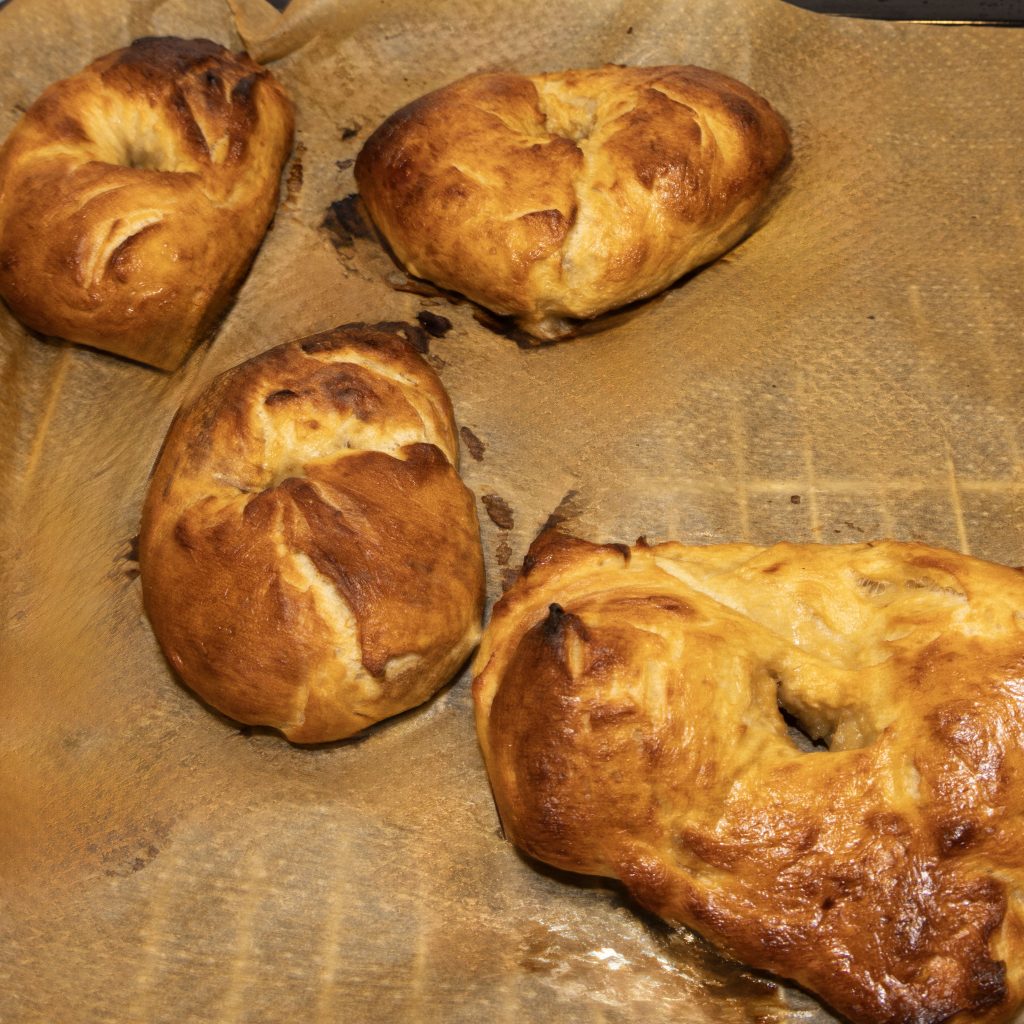
While making the bagels, the biggest challenge I faced was the boiling water bath. The first one I put into the bath, fell a part, which is the bagel in the lower right corner of the above photograph, leaving a side relatively thin. Because the bagels use barley syrup in the dough and in the bath, they came out already tan. This made it a bit difficult to know when they were done and ready to come out of the oven.
When the bagels finally cooled and I could cut into one, I found the texture was somewhat unexpected. I am used to store bought bagels that are relatively soft and easy to cut. These were a little bit of a challenge to cut it but with a sharp bread knife, I had no issue cutting it. The insides we soft and no major air holes, which left me pleased. Then when I bit into it, the texture was chewy with a hint of barely to it, which made it very delicious.
So how long did it take me? From start to taking them out of the oven it was just over 2.5 hours but if I was strict by closely watching my dough, I would estimate probably closer to 2 hours in a warm kitchen. In this journey, I allowed the dough to double in size in over 2 hours when, it could have taken closer to 60 to 90 minutes.
As I reflect back on this experience, I do have to wonder if I have over knead my bread dough leaving it a bit more chewier than necessary and I wonder, if I let the bath boil too long before turning it down. Even if I knead it properly and the bath water did not boil so long, this experience taught me one thing about life, it taught me about confidence, being able to draw on my previous bread making experience to making a new type of bread. Making bread, is a journey because you are always learning and discovering new things about yourself.
If you make homemade bread, what has making bread taught you about yourself and life?

